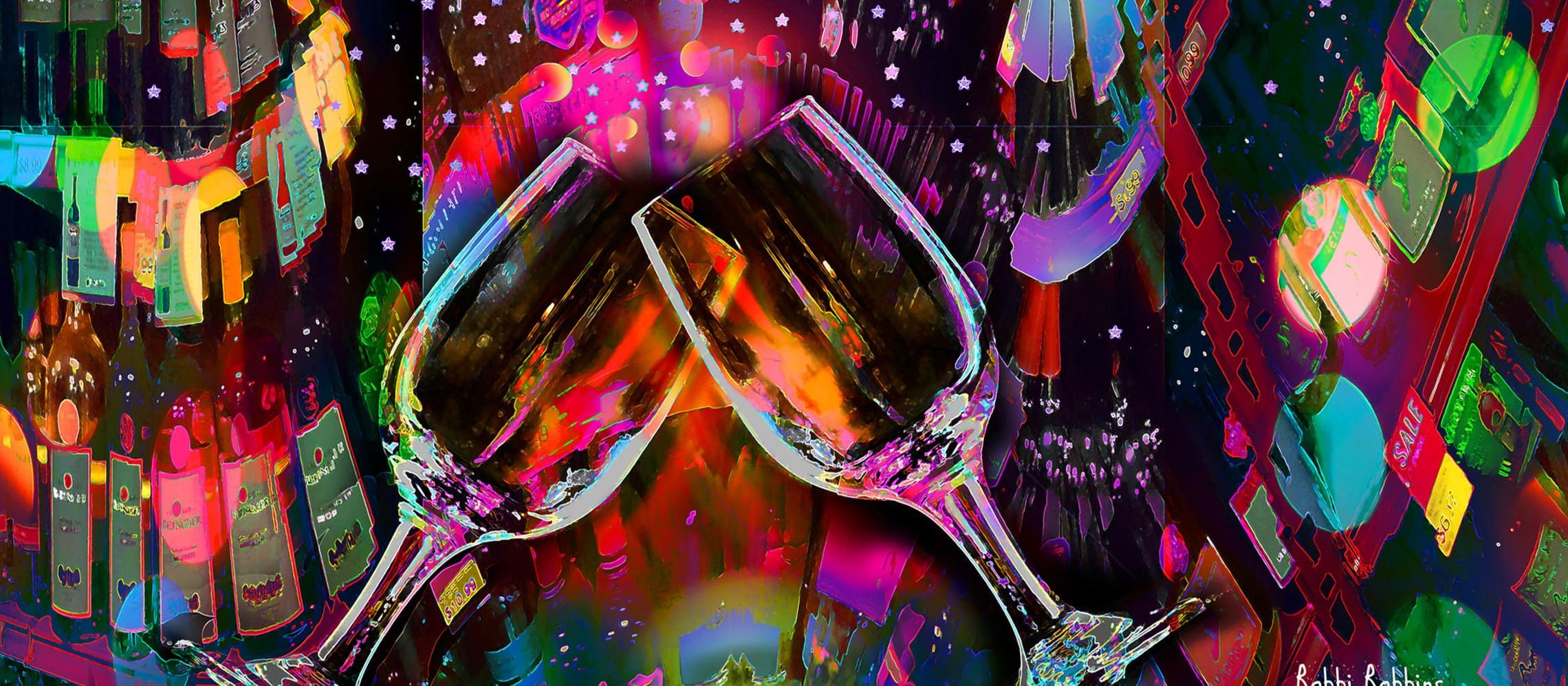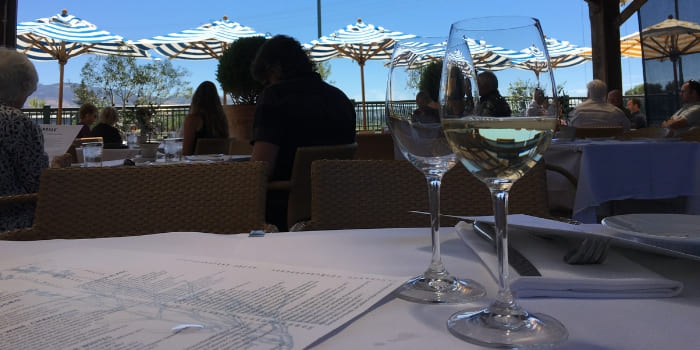Registration Open
1 June 2025
Judging
Date
23 & 24 March 2026
Winners Announcement
22 April 2026
1 June 2025
23 & 24 March 2026
22 April 2026

Just as restaurant chefs can create a menu that reflects their passions, interests and beliefs, wine directors can also create a mission-driven wine list. This wine list is far more than just a list of varietals, vintages and price points – it is a way to express your personality, show others what you believe in, and build community.

It all starts with knowing your sources. Do you personally know all of your producers? Can you talk about each one as if each producer were a close, personal friend? What’s important, say sommeliers and wine directors, is viewing your restaurant or bar as part of a bigger ecosystem. It’s too easy to get caught up in talking about “the industry,” when you really should be talking about “the community.”
Thus, you have the flexibility to choose different producers, based on your own personal beliefs and preferences. For example, if you are trying to create an artisanal ethos at your restaurant, why not embrace small-production producers? This is a perfect way to let your values and personality shine through. Some wine directors, in fact, go so far as to buy bottles of every vintage that has ever been produced by a certain winemaker.
Just as your network of friends on social media can say a lot about who you are as a person, so does the list of winemakers that appears on your wine list. Here is where you can really put your own personal stamp on your wine program. If your tastes and preferences lean toward organic, biodynamic wines, here is a great opportunity to embrace biodynamic winemakers on your wine list.
And, of course, there is one easy way to let your personality shine through – select wines that reflect our own heritage. This is especially possible to do in the United States, which is really a vast melting pot of different ethnicities, backgrounds and heritages. So, if your great-great-grandparents emigrated from Germany, why not celebrate this background by offering unique, hard-to-find Riesling wines from the Rhine? If you live in California but had parents that grew up in Italy, you might choose to highlight the wonderful possibilities of Italian Primitivo and California Zinfandel. Let customers get a view of the conversation inside your head.
When it comes to hospitality, there is a delicate balance. On one hand, you want to be welcoming and accepting of everyone. On the other hand, you want to challenge your guests to step outside of their natural comfort zone.
Here’s just one example – you might see that your customers have a real love for Pinot Noir, but are only ordering Pinot Noir from regions that they recognize, such as the Willamette Valley in Oregon. So why not challenge them to try a Pinot Noir from Santa Barbara? And the same is true for customers who only order bottles of Cabernet Sauvignon from Oregon. Why not challenge them to try a wonderful Cabernet Sauvignon from the Santa Cruz Mountains?
Things get a little trickier when it comes to exploring exotic varietals and exotic wine regions. Here is where a little pricing help can go a long way. If you want your customers to experience amazing new wines from Eastern Europe (perhaps to celebrate Croatia’s amazing run in the 2018 World Cup), price these wines aggressively so that the barrier to try them is quite low. As a general rule, all wines by the glass should be priced at $20 and under. So, by pricing an exotic varietal at just $10-$12, you make it much more likely that someone will order a wine from Dalmatia or the Croatian Uplands.
Even though you are in charge of putting the wine program together, you are not actually the one selling wine on a daily basis. That is why you need to make the training and education of your service staff a leading priority. Carry out tastings for the whole floor staff in new wines you are adding to your wine list. Make sure they understand what makes each wine different, and also make sure that they can explain these wines in terms that customers will understand.
In other words, be careful that you are using everyday language and not a lot of wine jargon (unless that’s what your customers want). They should be comfortable with selling a new wine to a customer who is showing signs of scepticism. Don’t worry – if you believe in a wine enough to add it to your wine list, your staff and customers will also learn to believe in it as well.
Price is a powerful stimulus for wine sales. In a purely capitalist world, you’d price all of your wines at the maximum markup possible, in order to derive the biggest possible profit margin. But that’s not the way to build community at your restaurant. Instead, you will have to be creative about the various ways that you can use price to nudge customers in different directions.
For example, let’s say that you just scored a huge markdown on a great new wine. Why not pass on those savings to customers so that they, too, can experience this wine at an affordable price? This is where your distributors can really play a big role because they can make you aware of stunning new bargains for wines that would make a perfect fit with your wine list. Once you develop a reputation for a certain style or type of wine, you’ll be surprised at just how many recommendations will soon come your way.
The final piece of advice is perhaps the best: every wine on your wine list should be a conversation or story. The story doesn’t have to be about the winemaker – it can be about a wine region, a grape, or a great food pairing that might not be obvious. Stories are what connect people together, as well as what can help you build a thriving community of wine enthusiasts who are just as excited about your wine list as you are.
The 2026 International London Wine Competition submission is now open. You can enter your wines now to get the super early bird pricing.